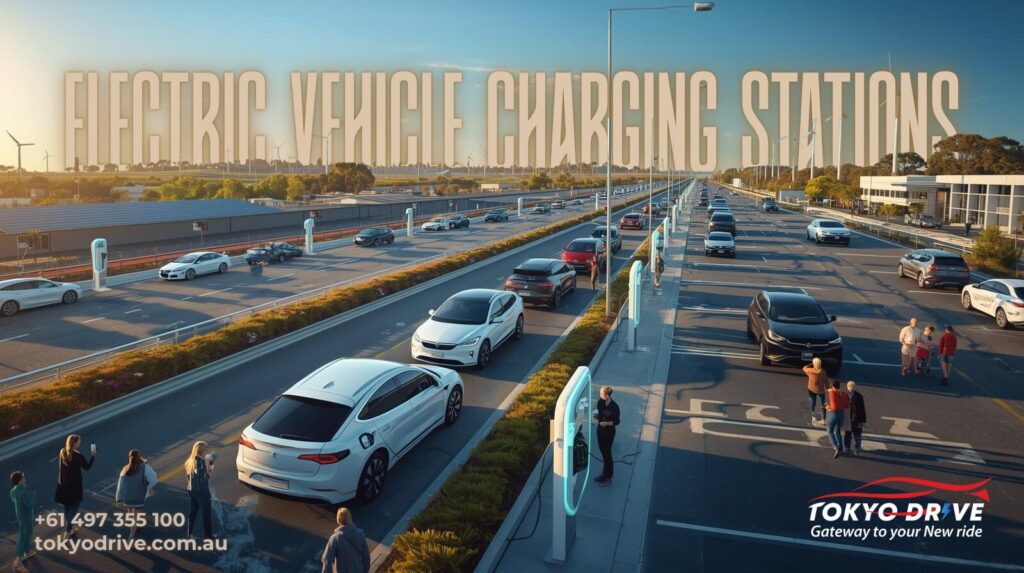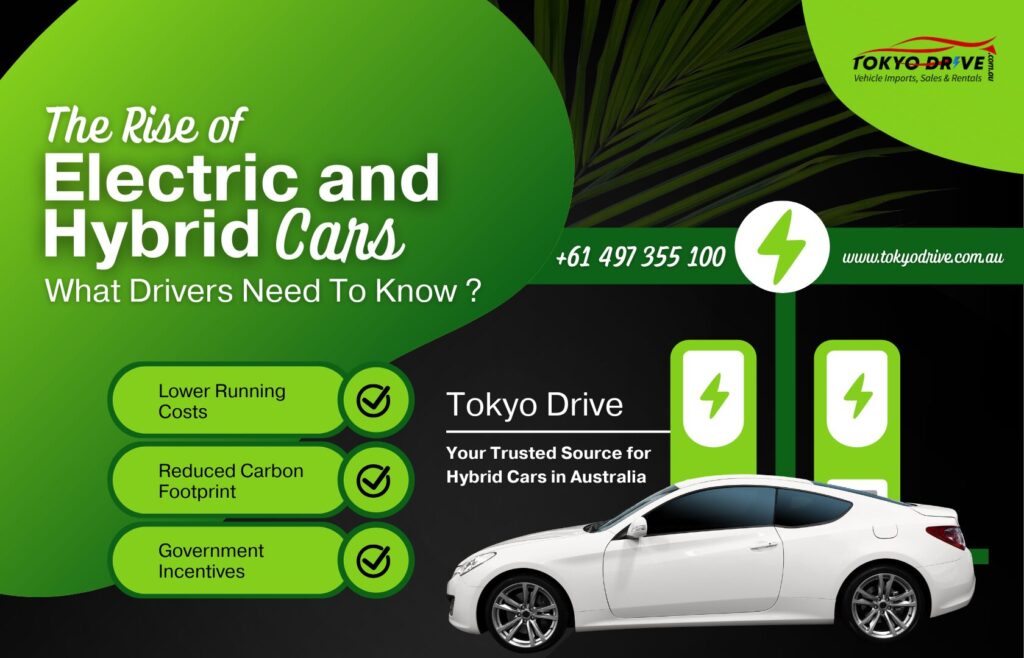If you’ve been on Australian roads lately, you’ve probably noticed more electric vehicles (EVs) cruising around than ever before. From sleek sedans to powerful SUVs, EVs are no longer rare sightings—they’re quickly becoming mainstream. And with this surge in adoption comes an equally important development: the rapid rise of electric vehicle charging stations across Australia. For drivers, businesses, and policymakers alike, this expansion is shaping the future of mobility in 2025 and beyond.
Why Electric Vehicles Are Gaining Popularity
Electric vehicles are not just a passing trend; they represent a major shift in the automotive industry. With rising fuel prices, growing environmental concerns, and advancements in battery technology, more Australians are choosing EVs as their primary mode of transport. Consumers are looking for cost-efficient, eco-friendly, and high-performance options, and EVs tick all the boxes.

Another key factor is government support. Incentives, tax rebates, and subsidies for EV purchases are making them more affordable for average drivers. Additionally, state governments are investing heavily in infrastructure to ensure that charging stations are widely accessible.
The Growth of Charging Infrastructure
Australia’s charging infrastructure is expanding at an impressive pace. Just a few years ago, finding a reliable charging point outside major cities was a challenge. Today, thanks to government initiatives and private sector investments, thousands of charging stations are being installed nationwide. From highways to shopping centers, parking lots, and workplaces, the convenience of recharging an EV is no longer restricted to urban areas.
Fast-charging networks are particularly noteworthy. These allow EVs to be charged up to 80% in less than 30 minutes, making long-distance travel more practical than ever. Companies like Chargefox and Tesla are leading the way by building networks that cover key highways, ensuring that range anxiety becomes a thing of the past.
Impact on Drivers
For drivers, the rise of EV charging stations means freedom and flexibility. Commuters no longer need to worry about running out of charge on their daily routes. Long-distance travelers can plan road trips with confidence, knowing they can recharge at regular intervals.
Another significant benefit is cost savings. Charging an EV at home or at a public station is generally cheaper than filling up a petrol tank. Over time, these savings add up, making EV ownership not only environmentally responsible but also financially smart.
Business Opportunities
The growth of charging stations also presents lucrative opportunities for businesses. Shopping malls, hotels, and restaurants are installing EV chargers to attract eco-conscious customers. For property developers, integrating charging stations into residential and commercial projects adds value and future-proofs their investments. Even small businesses can benefit by installing chargers and offering them as a perk for customers or employees.

Environmental Benefits
Perhaps the most important impact of this shift is environmental. Every new EV on the road reduces carbon emissions, contributing to cleaner air and a more sustainable future. The increased availability of charging stations encourages more drivers to switch from fuel-based vehicles to electric alternatives. With renewable energy powering many of these stations, the environmental benefits are multiplied.
Challenges Ahead
Despite the progress, challenges remain. High installation costs, grid capacity issues, and uneven distribution of charging points are hurdles that need addressing. Rural areas, in particular, still face a lack of infrastructure, making EV adoption slower outside cities. However, with ongoing innovation and collaboration between the public and private sectors, these obstacles are gradually being overcome.
Looking Ahead to 2025 and Beyond
By 2025, Australia is expected to see a significant increase in EV adoption rates. Charging stations will likely become as common as petrol stations, ensuring drivers have seamless access to power wherever they go. The government’s continued push toward sustainability, along with private investments, will accelerate this growth.
As technology improves, charging times will reduce further, and battery capacities will increase. This means that in the near future, charging an EV could become as quick and convenient as refueling a traditional car.

Final Thoughts
The rise of electric vehicle charging stations across Australia is more than just a convenience—it’s a critical step toward transforming the nation’s transport system. For drivers, it brings peace of mind and cost savings. For businesses, it opens up fresh opportunities. And for the planet, it’s a win in the fight against climate change.
As we head into 2025, one thing is clear: Australia is driving full speed into an electric future, and the growth of charging stations is at the heart of this revolution.



